Last summer, I spent a few weeks backpacking in Europe with my sister. Before our trip, we decided that we wanted to see the big sights, experience the nightlife and festivals and of course, eat. And eat. And eat. Needless to say, both my sister and I are quite fond of eating, and we were ecstatic to try the exotic foods across the pond. But I struggled to find a guide to good, cheap eating in Europe for a broke, food-loving college student. If you’re going to Europe soon, whether to study abroad or travel with friends, you may be looking for the same thing. And thus, here are my DOs and DON’Ts of eating good food in Europe.
1. DO go to a local market
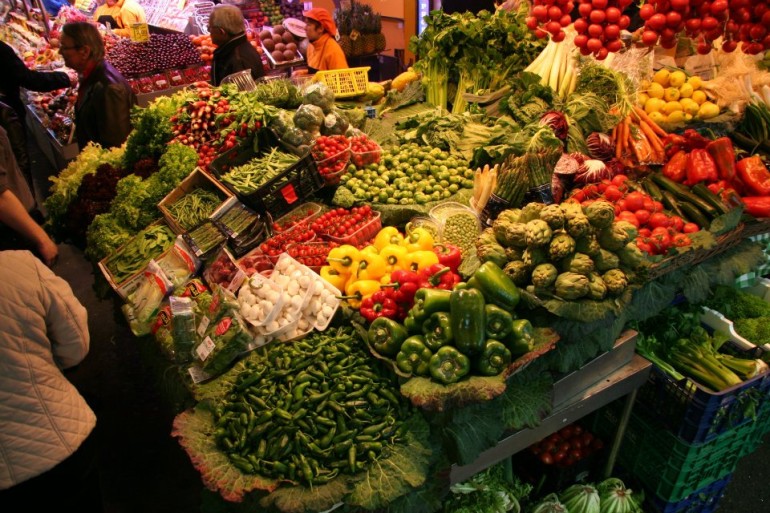
Photo courtesy of Spoon University
Local markets provide a centralized location with loads of authentic food. Whether you’re looking for an exotic fruit or a special snack, these markets are bound to have it (at reasonable prices too). One of the most famous markets is the Mercat de la Boquería in Barcelona, where you can get an amazing lunch for a good price. And it’s not just the standard farmer’s market fruits and veggies. Ever try sea urchins, Iberian ham, and salted cod in the same meal? Visit la Boquería and you can.
2. DON’T give in to cheap marketing
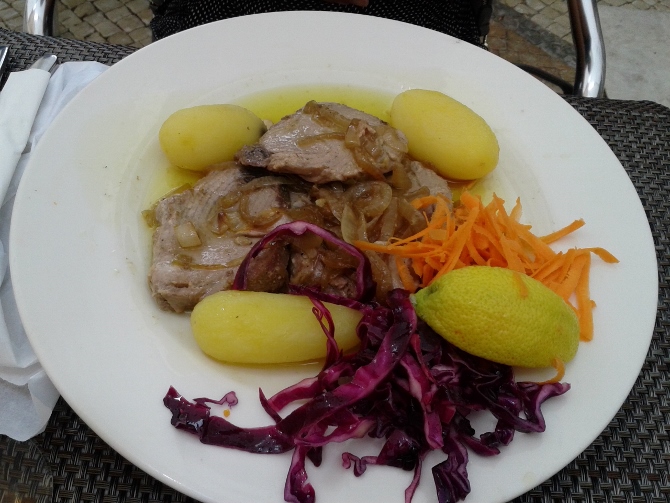
A “daily special” of bland pieces of pork. Photo by Brian Chan
Touristy streets are almost invariably full of restauranteurs coaxing tourists into their restaurants. Don’t get me wrong, some of these restaurants actually have decent food, but most of the time they are pretty pricey. Either way, these men will basically talk at you (not to you) about their daily menu or special deals. Accepting these offers often means eating a cheap slab of meat or fish that in no way reflects the local cuisine. If, however, you’re feeling particularly lazy or find yourself being drawn into one of these restaurants, barter with the marketing man and try to get a free drink or two. Most of the time it will work (it did for me).
3. DO your research
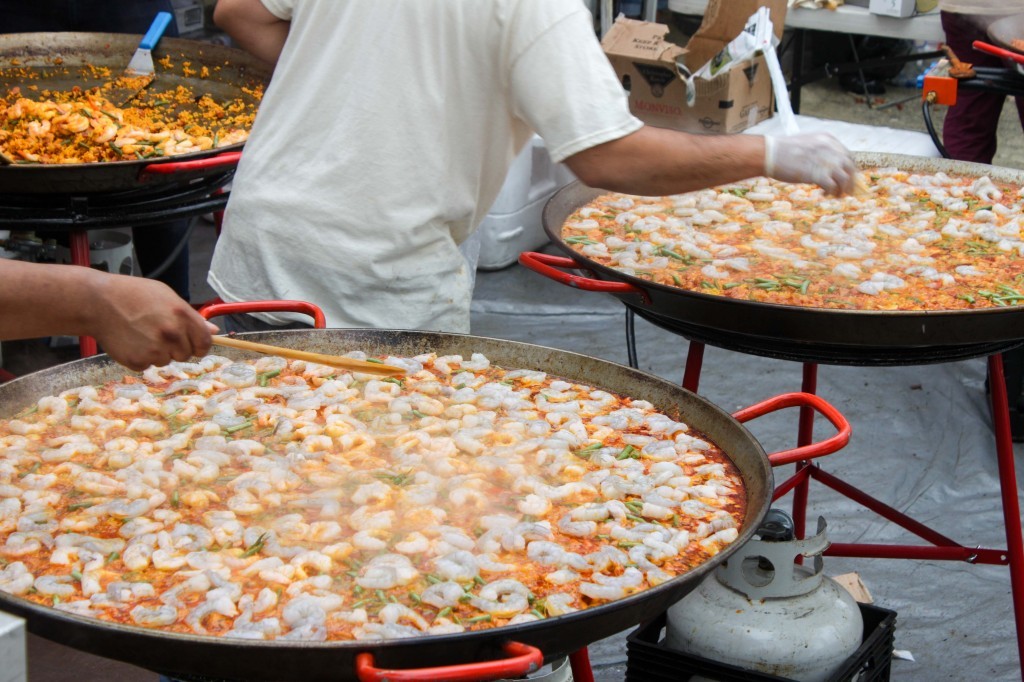
Photo by Rozina Fonyo
You’ll be able to familiarize yourself with the local cuisine, and it will be much easier to scout out authentic eateries, rather than the ones catered to tourists. While it is unnecessary to plan out every single meal, try to target at least one or two specialties per city/region to eat during your visit. This will also help you figure out where to eat what. Everywhere in Spain has “paella restaurants”, but most don’t serve fresh, from-scratch paellas. If you do some research, you’ll discover that Valencia, the birthplace of the paella, is the place to get this classic rice dish.
4. DON’T tip like an American

Photo by Jaye Lind
Actually. Don’t tip 15% or whatever you usually tip here in the states. Don’t worry, you’re not being rude. In Europe, the prevailing culture does not call for exorbitant tips. Waiters will not hate you for leaving nothing. You can leave a few euros, if you really want, but my sister and I rarely left a tip.
5. DO allow yourself to splurge every now and then

Photo by Elizabeth Layman
And by splurge I don’t mean five star restaurants. If you’re anything like me, you’ll be trying to save your money for other aspects of your Europe trip. However, ditch the budget for a few meals. After all, there’s a reason why some food is more expensive: it’s darn tootin’ good. My sister and I sat down to more expensive (but not overly-indulgent) meals in Barcelona, Faro and Valencia, and they were well worth the extra euros.
6. DON’T eat at the first restaurant on a main street
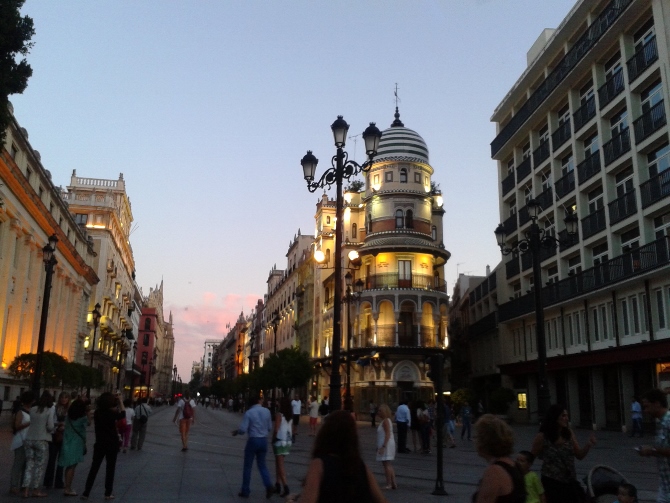
Photo by Brian Chan
Chances are, it will be less authentic and more expensive than other ones. ALWAYS try to find restaurants off the main tourist street, because those are the restaurants that have better prices and often better food. For example, Las Ramblas in Barcelona is a huge street filled with shops and restaurants for tourists, but the smaller, less busy streets that branch off have more memorable eats.
7. DO be adventurous
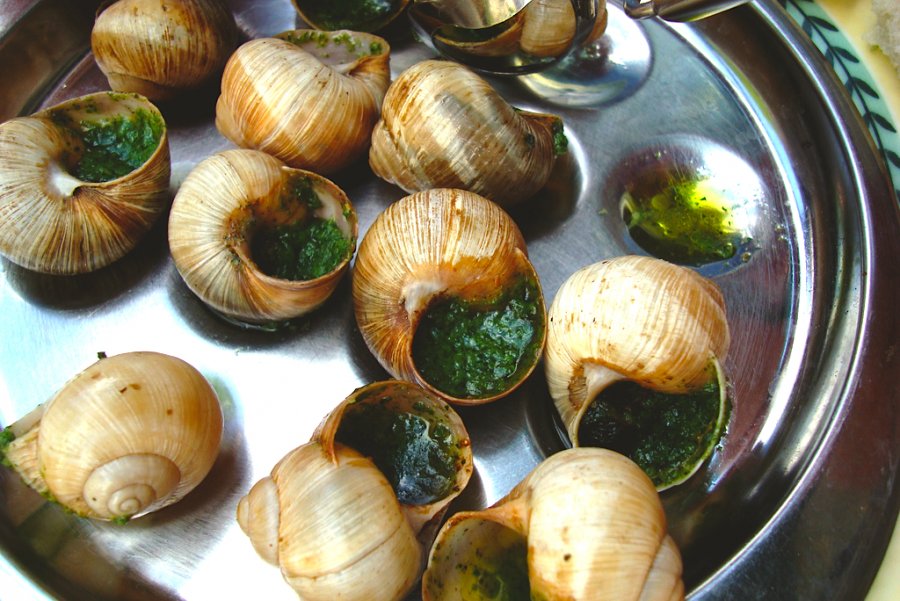
Photo courtesy of foodrepublic.com
Never eaten blood sausage before? You’ll find it in Portugal. Escargot? Taste it in Paris. Ox tail? Sevilla and Madrid are perfect for that. Don’t shy away from ostensibly odd regional specialties. There’s a reason these foods are “specialties,” and it would almost be a crime if you went to Europe and didn’t eat something out of the ordinary, or even something completely unknown. In all honesty, I still don’t know every single thing that I ate.
With these tips, you’re now well-equipped to eat your way through Europe without emptying your wallet.
Check out these articles for more on studying abroad:


